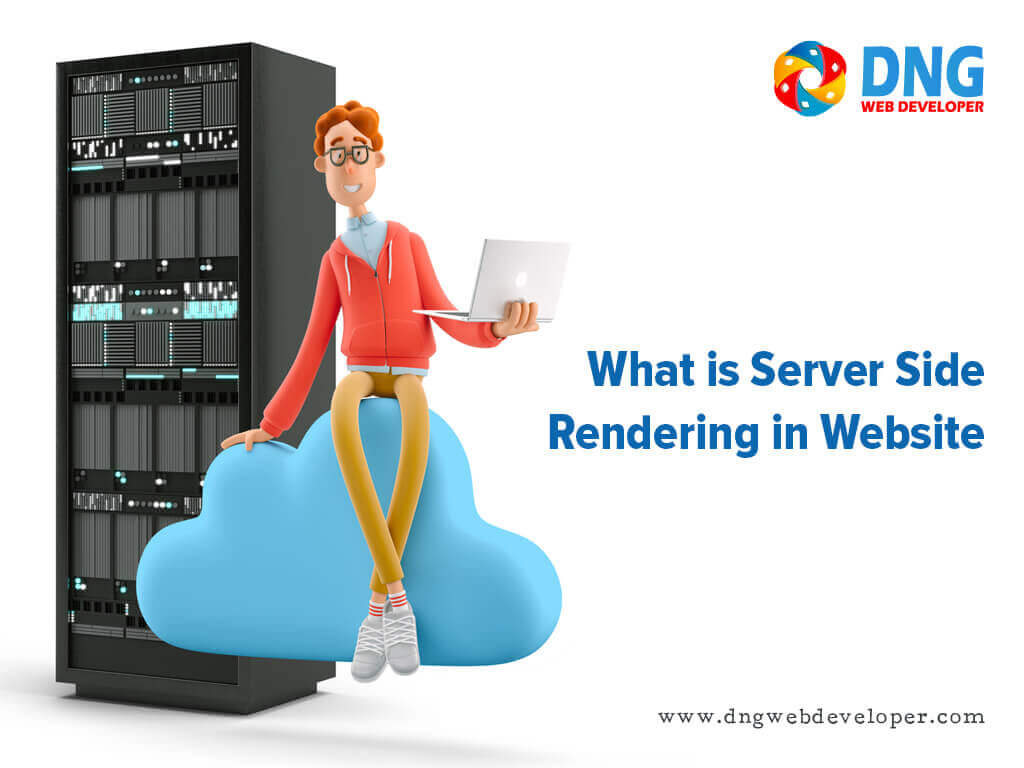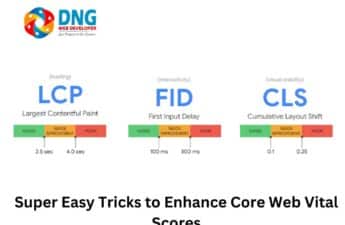As the saying goes, “Knowledge is power”. Unsettling facts about beloved things can also be upsetting. Among technical SEOs, JavaScript is a hot topic that is likely to remain so for a long time to come, if not forever. There are several ways to render JS on a website. In this article, we’ll talk about server side rendering in website.
What is server side rendering in website?
Theserver side rendering in website (SSR) technology allows applications to turn HTML files on the server into a fully rendered HTML page for the client. An information request from the web browser is sent to the server, which responds by sending a fully rendered page to the client in real time. As a result of this, search engines can crawl and index content prior to delivery.

Popular server-side rendering examples Angular server side rendering, js server side rendering, Express server side rendering, Gatsby server side rendering, Google server side rendering, NestJS server side rendering, Next server side rendering, Nuxt server side rendering, React server side rendering, and Vue server side rendering are some JavaScript frameworks.
What are the benefits of server side rendering in website?
For all rendering options, there will always be advantages and disadvantages. Reviewing them and deciding which path is best based on resources is the job of SEO and engineering. A server side rendering in website is the second-best option from the search engine’s perspective when it comes to rendering JS. There is a huge benefit in terms of rendering speed. You can improve your crawl budget by increasing the speed at which search engines “view” your pages. Because of this, your crawl budget improves and so does your users’ experience.
Using SSR, you can ensure that all of your page elements are rendered. In other words, you are dependent on the technology of the browser. Using an older computer that isn’t capable of processing large amounts of data could result in partial server side rendering in website. As a result, crucial content elements or information may be missing, and Google will not give you “credit” for the absence of those elements. UX suffers from this. It may also affect the ability of search engines to rank pages that lack important information.
server side rendering in website has a number of drawbacks.
When it comes to crawl budget and site speed, server side rendering in website has a big drawback: it’s expensive. There are costs associated with rendering the website development on your company’s servers. Unlike CSR, SSR has your company foot the bill. It’s possible that the cost of moving to SSR will put you off.
There’s also no support for JavaScript from outside sources, such as user generated content (UGC), product recommendation engines and any other content that isn’t part of your static HTML. In the future, these links and content pieces will be absent. Internal linking or even page quality could be affected. A service injecting UGC into your site will hide the majority of your content from bots.
What is static SSR?
It’s possible that you’ve heard of “static SSR” while researching the case for server-side rendering. As opposed to SSR, these pages are rendered as they are being built. This is because SSR only renders these pages when a user calls them (or bot). Static SSR has advantages in terms of TTFB (time to first byte) and first contentful bite (FCB). Search engine optimization and user experience depend on the site’s speed. The disadvantages of static SSR are that it can be rigid and cause hydration (the process of injecting JS to the static HTML via CSR).

Does SSR help Core Web Vitals?
Core Web Vitals is at the centre of every SEO’s world right now (CWV). The Mobile-First Index consists of three words: mobile-first. Now is the time to adapt to a world that is once again undergoing a paradigm shift. CWV can benefit from SSR. In particular, Largest Contentful Paint’s site speed improves because pages are rendered on your site (LCP). LCP is one of three metrics that must be met. LCP is the third step in achieving your new goals.
In what way does SSR affect the search engines’ ranking system?
As a result, a search engine’s top priority is to meet the needs of users. What content do they recommend in response to a query? Search engines must be able to crawl the entire internet in order to achieve this goal. There will be more than 5.65 billion web pages on the internet on February 11, 2021. It takes a lot of effort to crawl that many pages.
You can help Google by using the most up-to-date technology and recommendations. One of the best ways to aid bots in crawling your site is to use SSR. For web developers, Google is encouraging them to go one step further and use dynamic rendering to increase the speed at which they can crawl the internet.
Ascertain that SSR is rendering pages as intended.
Your server side rendering in website has been successfully implemented! How can you tell if it’s working? This research can be aided by a number of different tools.
- This Chrome extension allows you to see the difference between the original HTML and rendered HTML.
- Real-time JS warnings and errors found by Google’s URL Inspection Tool (GSC).
- Mobile-friendly test – get rendered HTML snapshots of your web page.
There’s no sign that JavaScript-based websites are going away any time soon, either. JS handling on your website has become our responsibility as SEOs. Hundreds of thousands of dollars have been spent by your company to create a functional website. Unless the search engines are able to render that content, the company suffers a financial loss in this case.
When it comes to server side rendering in website your JS, you have a lot of options. Each has advantages and disadvantages that must be considered. How these tasks are completed and their impact on our overall SEO strategy will become clearer as we gain experience. If you have the ability to learn, use it for the good.



